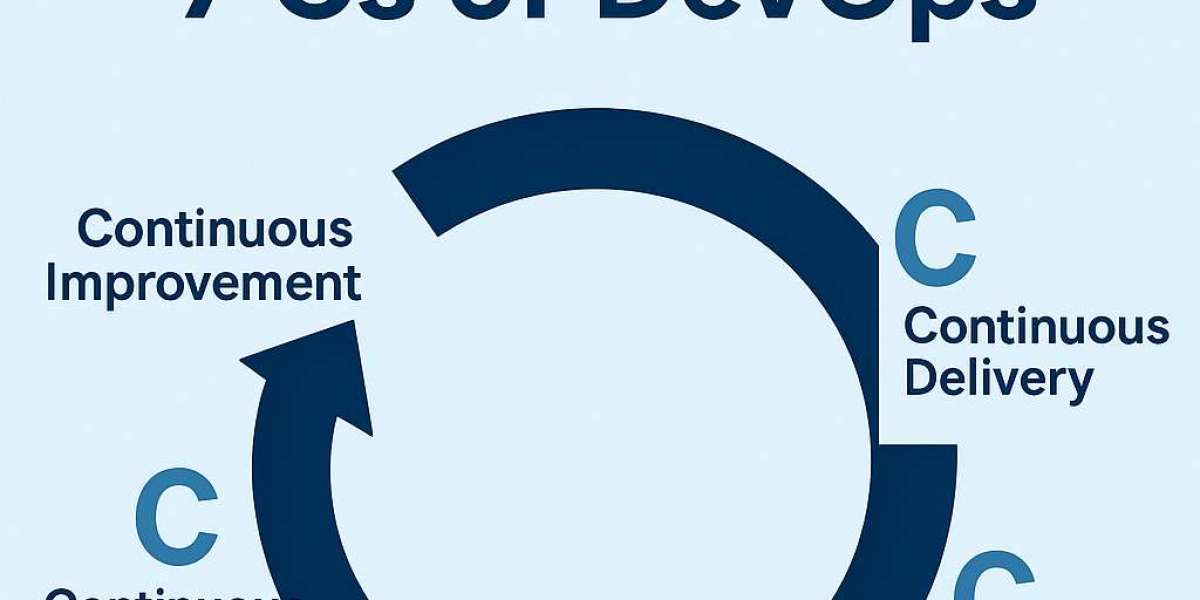DevOps is no longer just a tech buzzword — it’s the backbone of modern software delivery. By bridging the gap between development and operations, DevOps helps teams deliver high-quality applications faster and more reliably.
One popular framework to understand DevOps best practices is the 7 Cs of DevOps. These seven principles work together to create a smooth, efficient, and continuous software delivery pipeline. Let’s break them down.
1. Continuous Integration (CI)
Continuous Integration is the process of frequently merging code changes into a shared repository, followed by automated builds and tests.
This practice:
- Detects bugs early
- Reduces integration issues
- Keeps the codebase ready for deployment
SEO tip: CI tools like Jenkins, GitLab CI/CD, and GitHub Actions make automation seamless.
2. Continuous Delivery (CD)
Continuous Delivery ensures that code is always in a deployable state after passing automated tests.
The goal? Make software releases predictable, low-risk, and frequent.
This allows businesses to respond quickly to market changes without sacrificing quality.
3. Continuous Deployment
Continuous Deployment takes CD one step further by automatically pushing changes to production after passing all tests.
This enables rapid feedback from real users, but it requires strong test coverage and monitoring to maintain stability.
4. Continuous Testing
In DevOps, testing isn’t a final step — it’s integrated into every stage. Continuous Testing involves running automated tests for functionality, performance, and security.
The result: faster bug detection and reduced downtime.
Best practice: Include unit, integration, and performance tests in your CI/CD pipelines.
5. Continuous Monitoring
Once your application is live, Continuous Monitoring ensures its health and performance.
Using tools like Prometheus, Grafana, or New Relic, teams can detect and fix issues before they affect users.
Monitoring also provides valuable performance metrics to guide improvements.
6. Continuous Feedback
Feedback is the heartbeat of improvement in DevOps.
This can come from:
- Automated alerts
- User reviews
- Stakeholder input
By acting on feedback quickly, teams can enhance both the product and the development process.
7. Continuous Improvement
DevOps is not a one-time setup — it’s an evolving journey. Continuous Improvement means regularly evaluating processes, tools, and results to find better ways of working.
Small, consistent changes lead to major long-term benefits.
Why the 7 Cs Matter in DevOps
When implemented together, the 7 Cs of DevOps:
- Shorten development cycles
- Improve software quality
- Reduce downtime
- Increase customer satisfaction
Visit Here: https://www.fusion-institute.com/breaking-down-the-7-cs-of-devops
They’re not just technical practices — they’re cultural shifts that promote collaboration, accountability, and adaptability. By embracing the 7 Cs, organizations can achieve faster delivery, higher reliability, and a better end-user experience. In today’s fast-moving digital world, mastering these principles is the key to staying ahead.



